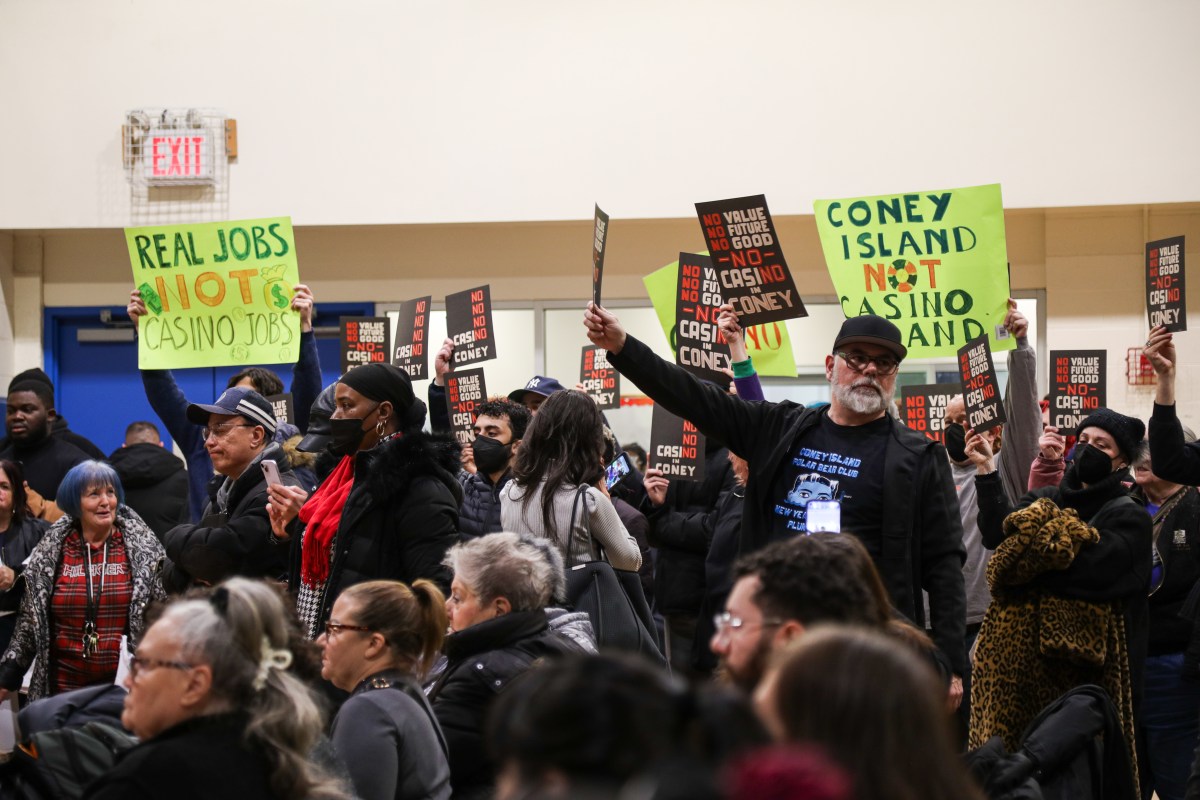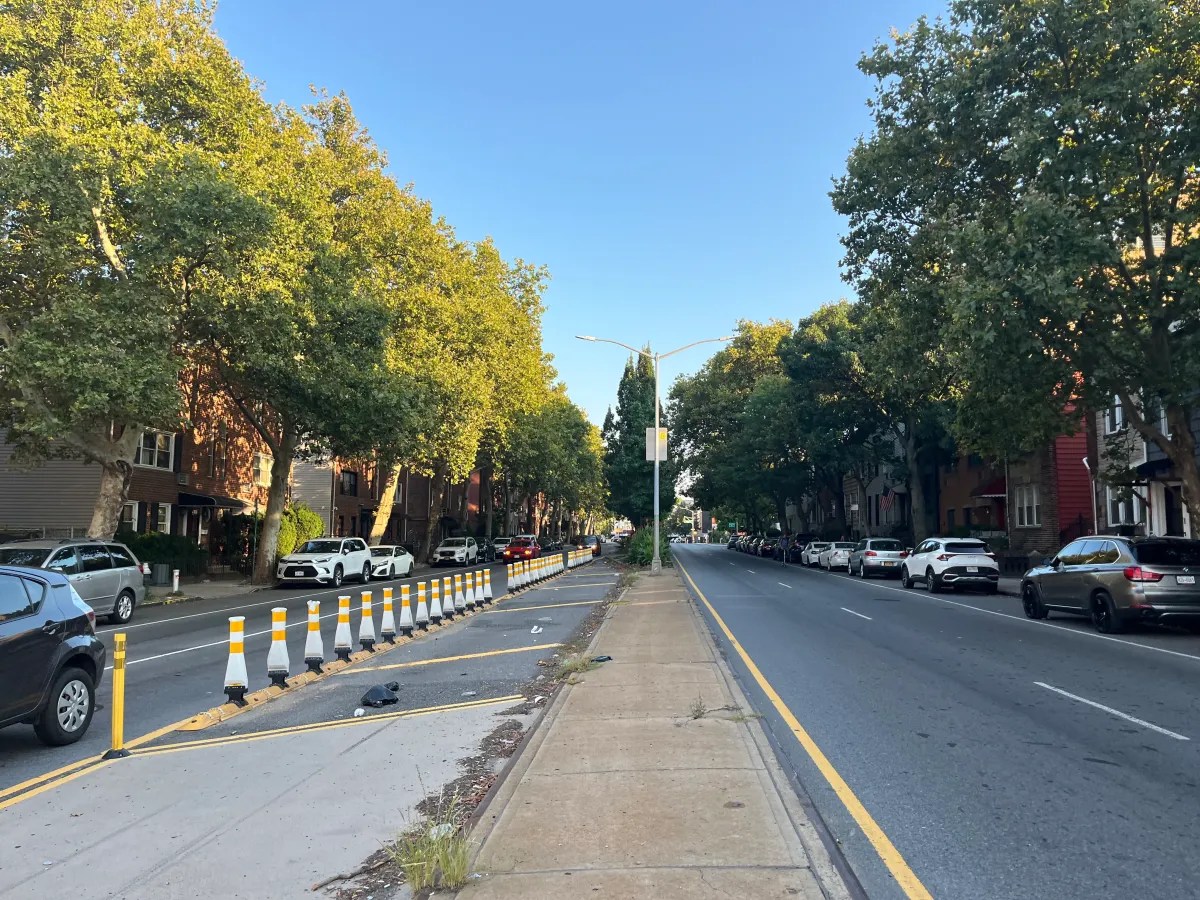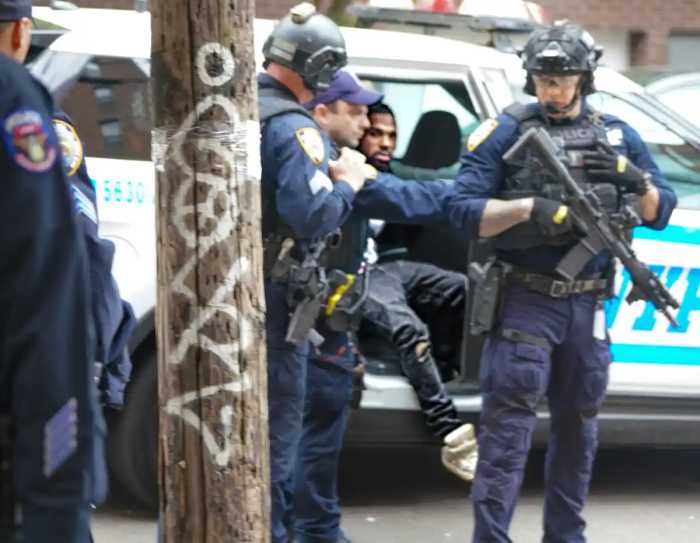Speed cameras in NYC are an ongoing controversy.
Spread out throughout the city, they are the source of many drivers’ complaints and are viewed by many as a money grab. But a new report released on Thursday shows that lead-foot driving—and road tragedies—have significantly decreased over the past 10 years since cameras were first installed on city streets.
The NYC Department of Transportation’s (DOT) new research shows that speeding has been reduced by 94% in locations where speed cameras are located. The report, which analyzed data from the start of the program in 2014, found that speeding violations dramatically decreased in areas where cameras were installed.
The report, which zeroed in on recent years from 2021 to 2023, also found that speed cameras effectively reduce traffic injuries and fatalities. According to the report, streets with cameras installed in 2022 saw 14% fewer injuries and fatalities than locations without cameras.
But politics could prevent the speed-camera program from continuing. A law in Albany permitting the use of speed cameras throughout New York will expire this year unless the state legislature reauthorizes it before June.
DOT Commissioner Ydanis Rodriguez is urging state lawmakers to take action and greenlight the program.
“One in four traffic fatalities involves speeding, and speed cameras are one of the most effective tools we have to change reckless driver behavior and prevent tragedies from happening,” Rodriguez said. “It isn’t a coincidence that locations with speed cameras have seen massive reductions in speeding, fewer deaths, and fewer injuries.
Speeding, the DOT report noted, is a leading cause of serious crashes. In fact, speed-related fatalities doubled from 78 deaths over the course of 2018 and 2019, to 148 deaths throughout 2020 and 2021, according to the report.
Speeding often goes hand-in-hand with other reckless driving behaviors, the report noted. Motorists who are speeding are much more likely to run red lights because “vehicles traveling faster need more time and take a longer distance to come to a complete stop,” the report reads, thus bypassing the stop-cushion of the yellow light.
The cameras work, according to Ben Furnas, executive director of Transportation Alternatives, a vocal transit advocacy group in NYC.
“New York City’s school zone speed camera program is effectively changing behavior and slowing down the vast majority of speeding drivers,” he said. “But this study shows that there are a small number of egregious recidivist ‘super speeders’ out there who continue to put New York families in danger. This lifesaving program should be extended, and Albany should act to slow down this small percentage of reckless drivers who are putting the rest of us on the road at risk by requiring the installation of speed limiters in their vehicles.”
Bumps in the road for speed cameras
But many opponents question the data and highlighted some potential drawbacks to speed cameras.
A spokesperson for a Georgia-based law firm, Bader Scott Injury Lawyers, described a scenario called “hard braking,” when drivers stop short to avoid a crash. He added that there could potentially be other problems with speed cameras. One such problem could be speeding in areas where cameras are not located to make up for “lost time” in the surveillance zones.
“While speed cameras have been effective in reducing speeds, it’s important to consider potential downsides,” the spokesperson said. “For example, some studies suggest that they may lead to an increase in ‘hard braking’ incidents, potentially causing rear-end collisions. Additionally, drivers might reduce speed solely in areas with cameras, resuming unsafe speeds elsewhere.”
NYC Council Member Kamillah Hanks of Staten Island said her priority is ensuring safety on the road. However, she raised concerns about fairness in camera placement, being that her borough has more than 10% of the city’s cameras.
“I’ve introduced legislation requiring the removal of cameras at schools no longer hosting students, as these devices should serve their intended purpose—protecting children,” she said in a statement to amNew York Metro. “Additionally, I believe drivers deserve clear warnings, such as flashing lights, to encourage safer driving behavior rather than fostering a sense of unfair enforcement.”
Ralph Bosco, who lives in the camera-ladden borough, said he has often seen near-misses in traffic on streets with mounted cameras.
“I’ve seen plenty of times people see a camera and jam on their brakes, almost causing accidents because they are afraid,” he said. “They are actually more likely to cause accidents.”
But a New Yorker named Carolyn said she “doesn’t really care” about camera surveillance.
“I don’t understand why people need to go faster than 35 on the 25 mph blocks,” she said. “35 mph is a decent speed to cruise around residential areas. I don’t need to reach highway speeds on the streets.”
Cameras aside, New Yorker driver Lisa Allen prefers a different approach to controlling speed: Using more law enforcement officials.
“I support more police on the roads issuing tickets for speeding, improper lane changes, no signal, cellphone,” she said. “It’s the only way people are going to change their ways and reduce accidents.”
In the meantime, the DOT’s findings are consistent with other research that shows speed cameras are an effective way to reduce speeding and improve traffic safety. Studies from the Insurance Institute for Highway Safety on roads in Maryland, Arizona and Washington, DC, found that the proportion of drivers exceeding speed limits by more than 10 mph declined by 70%, 88% and 82%, respectively, six to eight months after cameras were introduced.
Speed-camera fines are $50. New Yorkers can read the full DOT report online at nyc.gov.
Read More: https://www.amny.com/nyc-transit/


































